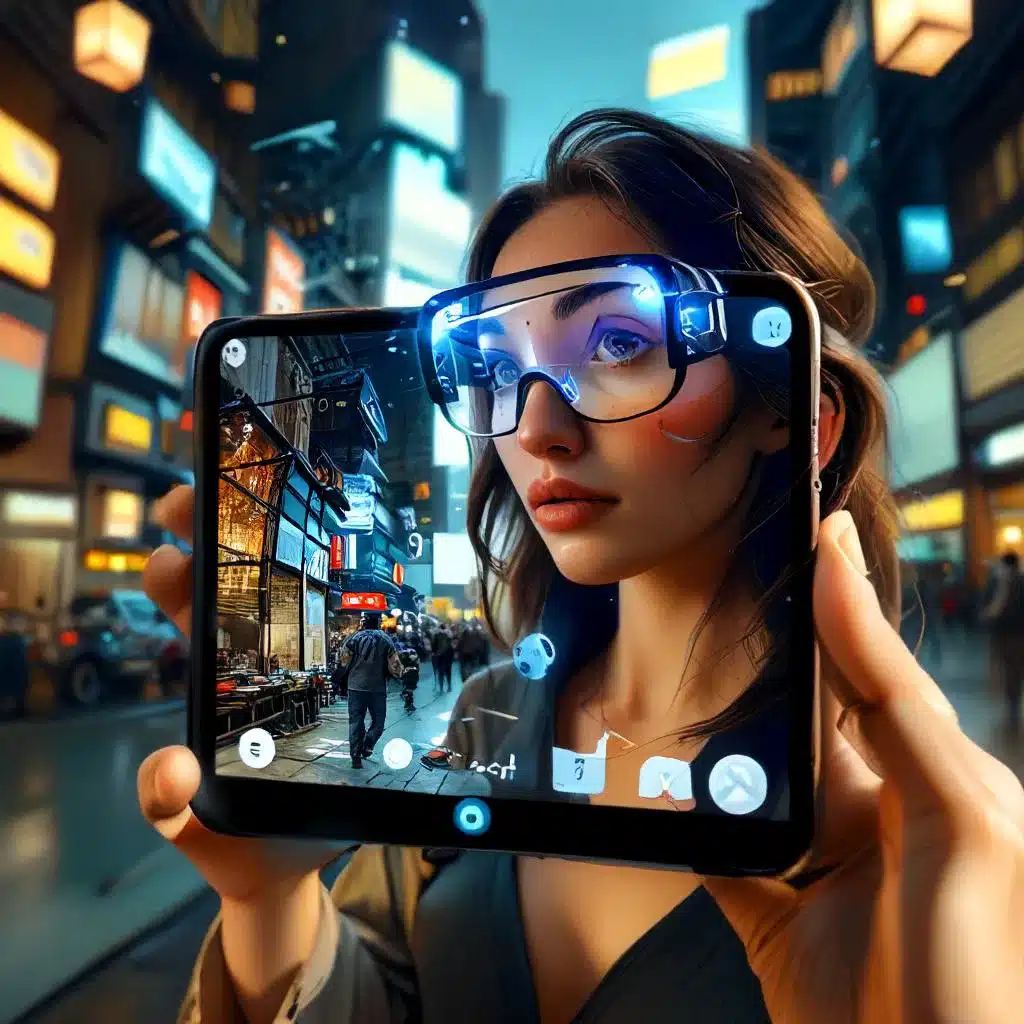Table of Contents
In today’s fast-paced world, keeping up with technological advancements in education can be challenging. Augmented reality (AR) is changing the game, making learning more engaging and effective. Discover how AR transforms education with AR Book – https://arbook.info/en/main/, a platform that helps schools revolutionize their teaching methods.
AR Makes Learning Interactive and Engaging
Imagine a classroom where textbooks come to life. AR technology enables students to interact with digital elements overlaid onto the real world. For instance, in a biology class, students can explore a 3D model of the human heart, observing how blood flows through its chambers. This hands-on approach turns abstract concepts into tangible experiences, improving understanding and retention.
Engagement is key to effective learning, and AR captivates students by making lessons exciting. History lessons can transform into time-travel adventures, where students witness ancient civilizations in action. Chemistry experiments can be conducted virtually, eliminating risks while providing detailed insights. These immersive experiences not only make learning fun but also help students grasp complex ideas faster.
Visualizing Complex Ideas in Real-Time
One of the biggest hurdles in education is explaining intricate concepts. AR simplifies this process by offering dynamic, real-time visualizations. Whether it’s understanding the structure of a molecule in chemistry, the trajectory of planets in astronomy, or the layers of Earth’s crust in geography, AR makes learning accessible and enjoyable.
For example, an AR app can simulate the solar system, allowing students to explore planetary orbits and distances interactively. This level of engagement fosters curiosity and deepens comprehension, especially for students who find traditional teaching methods less effective.
Supporting Diversity and Inclusion in US Schools
The US education system is known for its diversity, and AR is helping to make classrooms more inclusive. AR tools can adapt lessons for students with different learning needs. For example, non-native English speakers can access translations and visual aids, while students with disabilities benefit from tailored interactive experiences.
Personalized learning is another advantage of AR. Visual learners can explore vivid 3D models, auditory learners can benefit from narrated lessons, and kinesthetic learners can interact with virtual objects. By catering to various learning styles, AR ensures every student has an equal opportunity to succeed.
Boosting Creativity Through Immersive Activities
AR doesn’t just teach; it inspires. Students can unleash their creativity by experimenting with virtual objects and environments. Here are a few examples of how AR boosts creativity:
- Aspiring architects can design and visualize buildings in augmented spaces.
- Art students can craft digital masterpieces that come to life.
- STEM learners can simulate and solve real-world engineering problems.
- Gamification of lessons lets students create interactive stories or games.
This hands-on exploration nurtures problem-solving and critical thinking skills. Students learn by doing, which prepares them for real-world challenges. From STEM fields to the arts, AR provides a versatile platform for developing practical and creative abilities.
Conclusion
Augmented reality is redefining education by making it interactive, inclusive, and innovative. By bridging the gap between traditional teaching methods and modern technology, AR empowers educators to create dynamic learning environments. Schools across the US are already embracing this transformation, and platforms like AR Book are leading the way. Explore the potential of AR to unlock new opportunities for students and prepare them for a technology-driven future.


